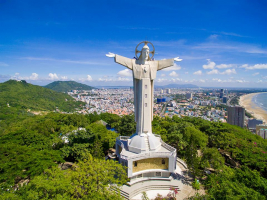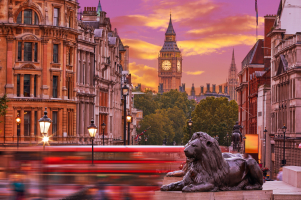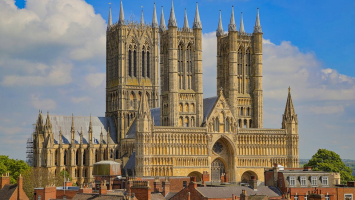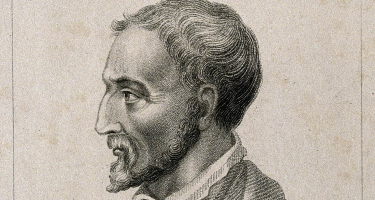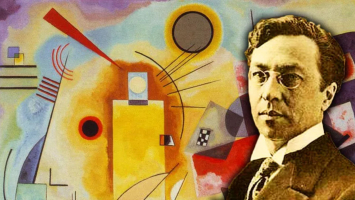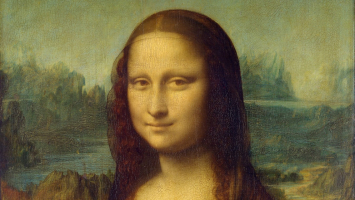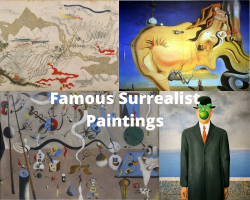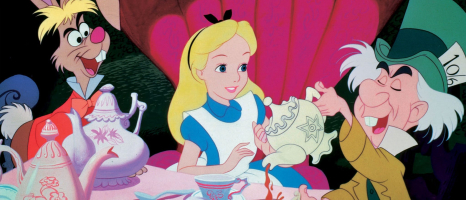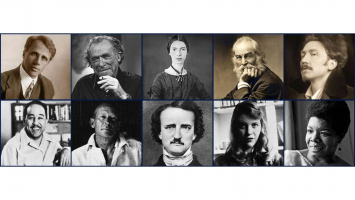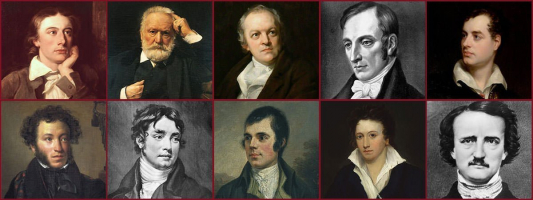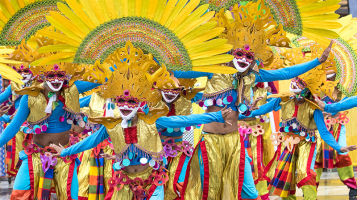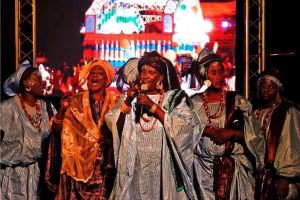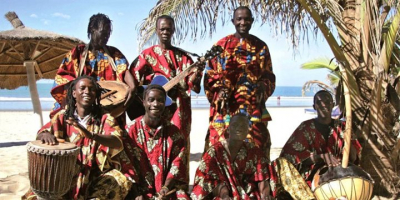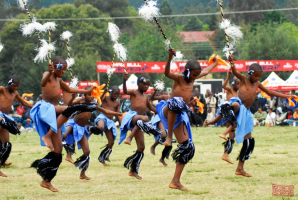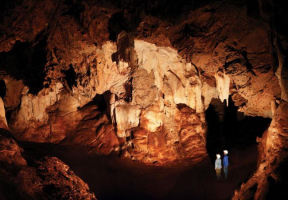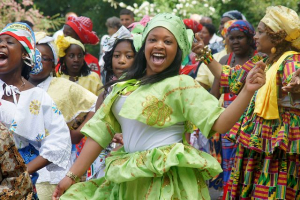Top 11 Most Famous Explorers
Since the dawn of time, mankind has always been curious about the world around them. Often, explorations and adventures into unknown places have accumulated ... read more...great benefits for not only brave explorers but also society as a whole. On the other hand, some of their discoveries opened the door wide open to the unspeakable suffering inflicted on the people by the explorers, or worse, the complete decline of the indigenous peoples. In the following article, toplist will introduce you to the most famous explorers.
-
Marco Polo was the most famous explorers Venetian known for the book The Travels of Marco Polo, which describes his voyage to and experiences in Asia. Polo traveled extensively with his family, journeying from Europe to Asia from 1271 to 1295, remaining in China for 17 of those years. As the years wore on, Polo rose through the ranks, serving as governor of a Chinese city. Later, Kublai Khan appointed him as an official of the Privy Council. At one point, he was the tax inspector in the city of Yanzhou.
Around 1292, he left China, acting as consort along the way to a Mongol princess who was being sent to Persia. In the centuries since his death, Polo has received the recognition that failed to come his way during his lifetime. So much of what he claimed to have seen has been verified by researchers, academics, and other explorers. Even if his accounts came from other travelers he met along the way, Polo's story has inspired countless other adventurers to set off and see the world.
Born: 1254
Died: January 8, 1324
Nationality: Italy
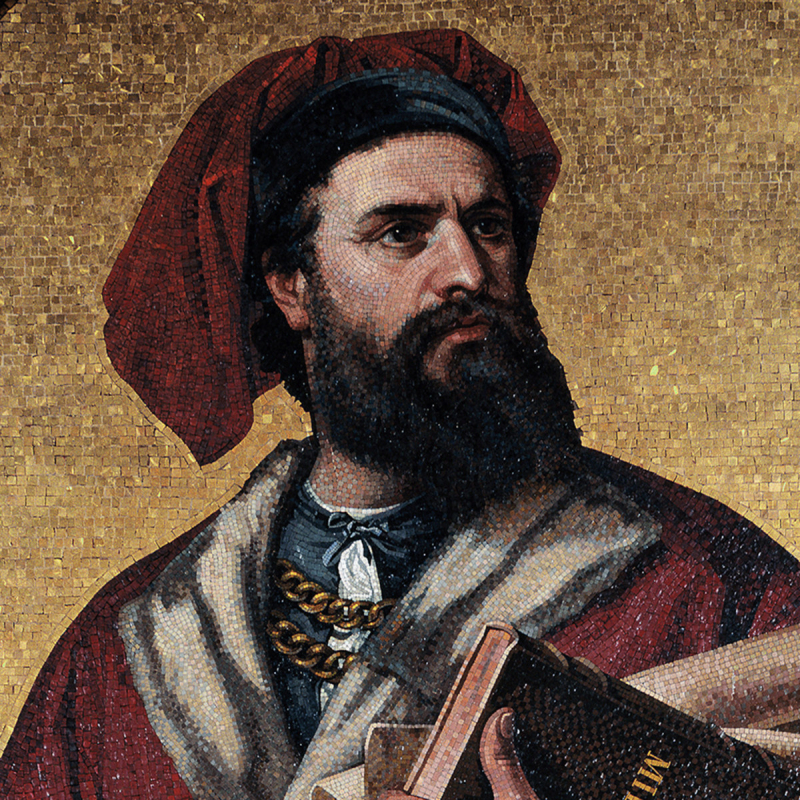
Photo: https://www.biography.com/ 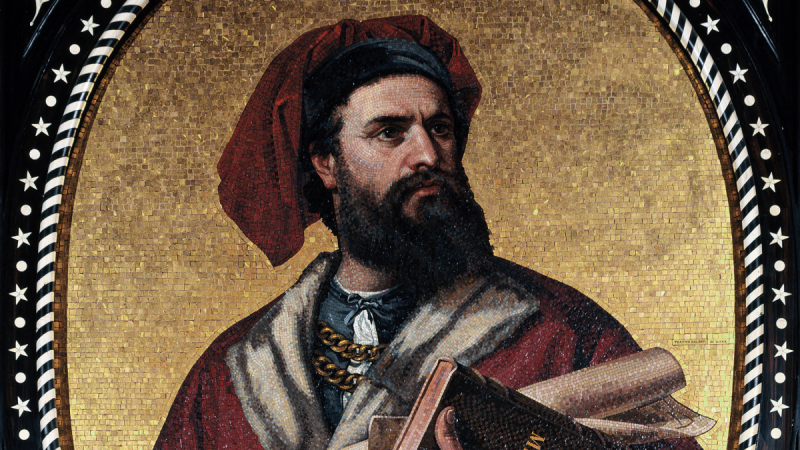
Photo: https://www.biography.com/ -
America was named after Amerigo Vespucci, a Florentine navigator and most famous explorer who played a prominent role in exploring the New World. On May 10, 1497, Vespucci embarked on his first voyage, departing from Cadiz with a fleet of Spanish ships. In May 1499, sailing under the Spanish flag, Vespucci embarked on his next expedition, as a navigator under the command of Alonzo de Ojeda. Crossing the equator, they traveled to the coast of what is now Guyana, where it is believed that Vespucci left Ojeda and went on to explore the coast of Brazil. During this journey, Vespucci is said to have discovered the Amazon River and Cape St. Augustine.
On his third and most successful voyage, he discovered present-day Rio de Janeiro and Rio de la Plata. Believing he had discovered a new continent, he called South America the New World. In 1507, America was named after him. He died of malaria in Seville, Spain, on February 22, 1512.
Born: March 9, 1451
Died: February 22, 1512Nationality: Italy
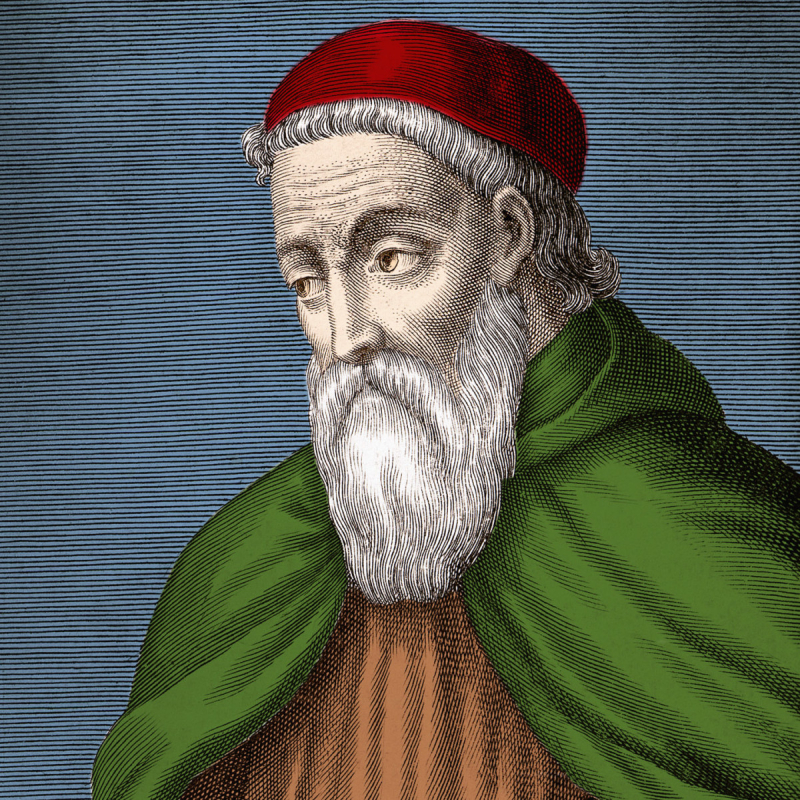
Photo: https://www.biography.com/ 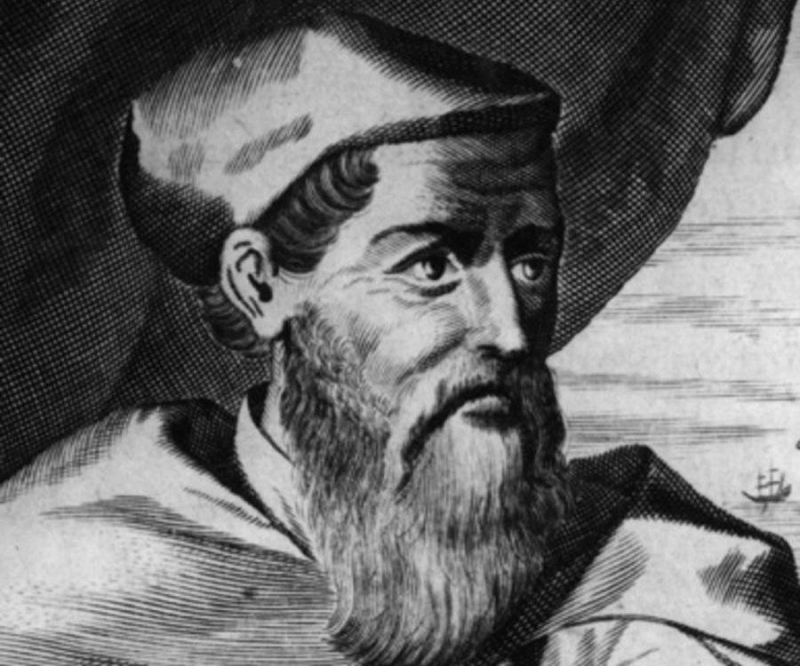
Photo: https://www.thefamouspeople.com/ -
John Cabot is one of the most famous explorers Venetian and navigators have known for his 1497 voyage to North America, where he made a British claim to land in Canada, mistaking it for Asia. The precise location of Cabot’s landing is subject to controversy. Some historians believe that Cabot landed at Cape Breton Island or mainland Nova Scotia. Others believe he may have landed in Newfoundland, Labrador, or even Maine.
After setting sail in May 1498 for a return voyage to North America, he disappeared and Cabot's final days remain a mystery. It is believed Cabot died sometime in 1499 or 1500, but his fate remains a mystery. In February 1498, Cabot was given permission to make a new voyage to North America; in May of that year, he departed from Bristol, England, with five ships and a crew of 300 men. En route, one ship became disabled and sailed to Ireland, while the other four ships continued on. From this point, there is only speculation as to the fate of the voyage and Cabot.
Born: 1450
Died: 1498Nationality: Italy
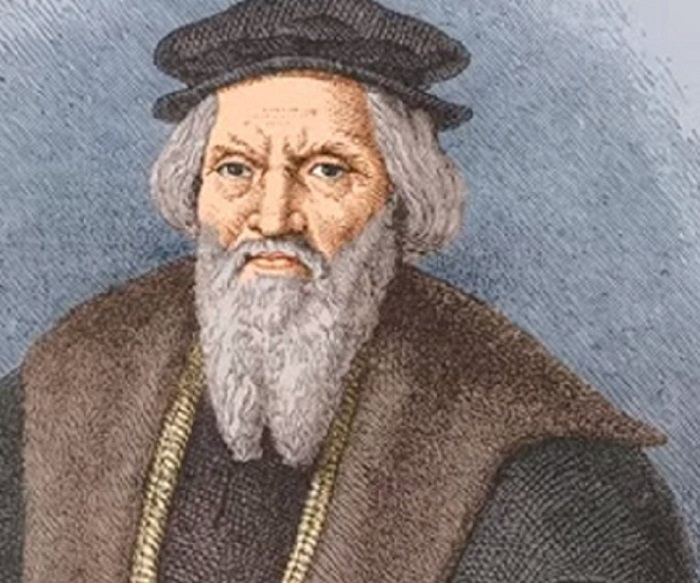
Photo: http://elizabethanenglandlife.com/ 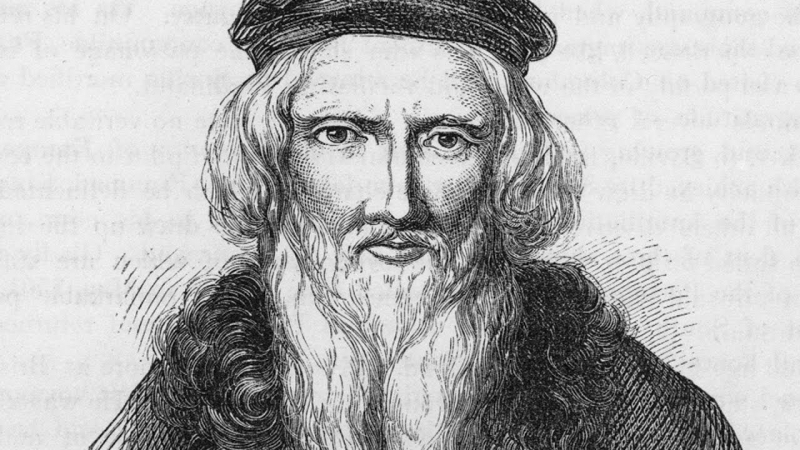
Photo: https://i.ytimg.com/ -
While in the service of Spain, Portuguese explorer Ferdinand Magellan led the first European voyage of discovery to circumnavigate the globe, and is one of the most famous explorers. As a boy, Magellan studied mapmaking and navigation. In 1505, when Magellan was in his mid-20s, he joined a Portuguese fleet that was sailing to East Africa. By 1509, he found himself at the Battle of Diu, in which the Portuguese destroyed Egyptian ships in the Arabian Sea. Two years later, he explored Malacca, located in present-day Malaysia, and participated in the conquest of Malacca's port.
In 1519, with the support of Holy Roman Emperor Charles V, Magellan set out to find a better route to the Spice Islands. In March 1521, Magellan’s fleet reached Homonhom Island on the edge of the Philippines with less than 150 of the 270 men who started the expedition. Magellan traded with Rajah Humabon, the island king, and a bond was quickly formed. The Spanish crew soon became involved in a war between Humabon and another rival leader and Magellan was killed in battle on April 27, 1521.
Born: February 4, 1480
Died: April 27, 1521Nationality: Portugal
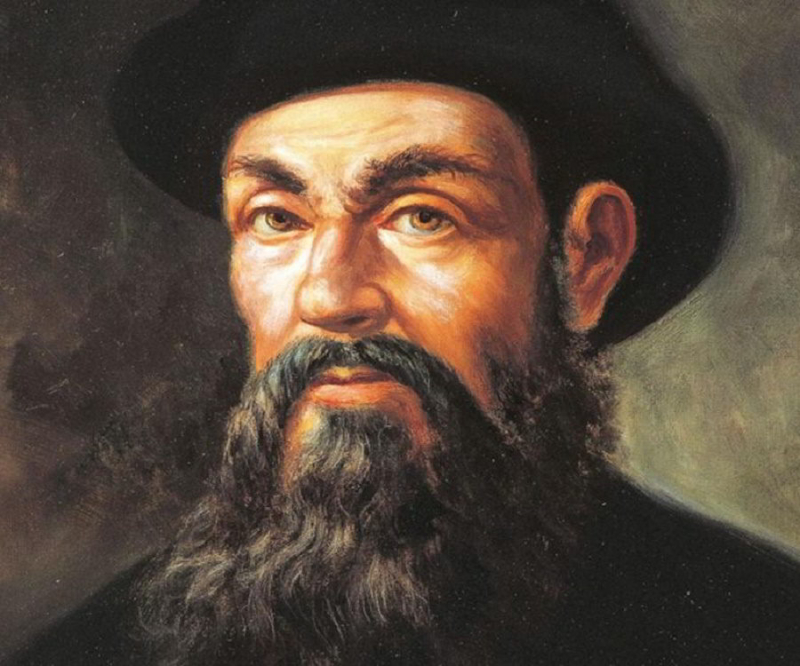
Photo: https://www.thefamouspeople.com/ 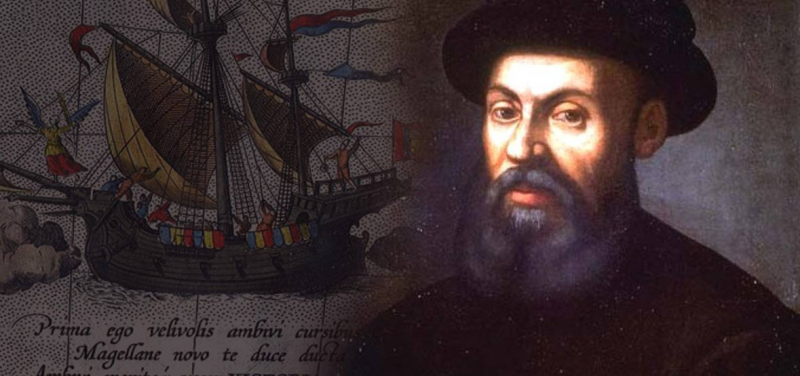
Photo: https://www.ancient-origins.net/ -
Hernán Cortés was a Spanish conquistador who explored Central America, overthrew Montezuma and his vast Aztec empire, and won Mexico for the crown of Spain. He first set sail to the New World at the age of 19. Cortés later joined an expedition to Cuba. In 1518, he set off to explore Mexico. He is also one of the most famous explorers.
Cortés became allies with some of the Indigenous peoples he encountered in Mexico, but with others, he used deadly force to conquer Mexico. He fought Tlaxacan and Cholula warriors and then set his sights on taking over the Aztec empire. In their bloody battles for domination over the Aztecs, Cortés and his men are estimated to have killed as many as 100,000 Indigenous peoples. King Charles I of Spain (also known as Holy Roman Emperor Charles V) appointed him the governor of New Spain in 1522. During his rule, Cortés inflicted great cruelty on the indigenous population.
Born: 1485, Medellín
Died: December 2, 1547Nationality: Spain
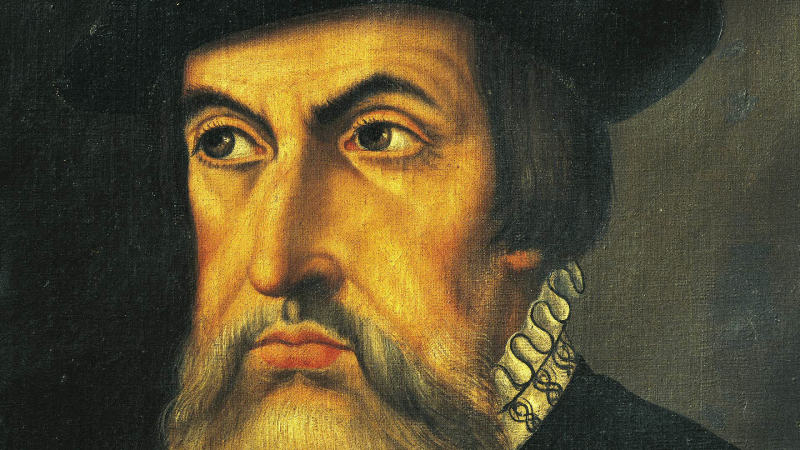
Photo: https://cropper.watch.aetnd.com/ 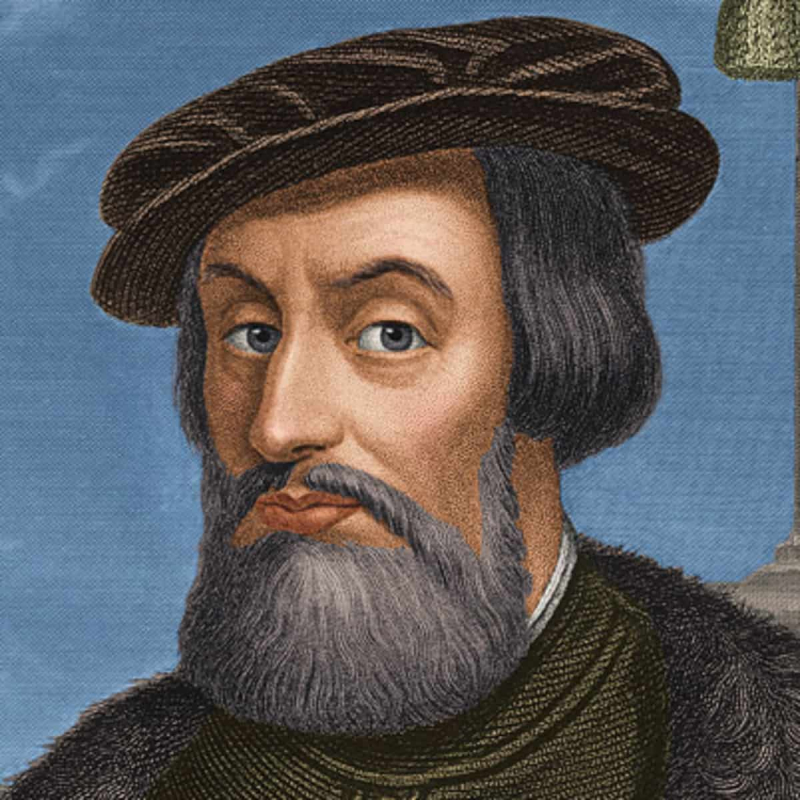
Photo: https://historycollection.com/ -
English admiral Sir Francis Drake was the second person to circumnavigate the globe and was the most renowned seaman of the Elizabethan era, not only that, but he was also one of the most famous explorers. In his youth, he commanded a ship as part of a fleet bringing African slaves to the “New World”, making it one of the first English slaving voyages. Later, he was secretly commissioned by Elizabeth I to set off an expedition against the colonies of the Spanish empire – the most powerful in the world at the time. Aboard his flagship ‘the Pelican’ – later renamed ‘the Golden Hind’ – Drake made his way into the Pacific, up the coast of South America, across the Indian Ocean, and back into the Atlantic.
In 1577, Drake was chosen as the leader of an expedition intended to pass around South America, through the Strait of Magellan, and explore the coast that lay beyond. Drake successfully completed the journey and was knighted by Queen Elizabeth I upon his triumphant return in 1580. In 1588, Drake saw action in the English defeat of the Spanish Armada, though he died in 1596 from dysentery after undertaking an unsuccessful raiding mission.
Born: 1540
Died: January 28, 1596Nationality: England
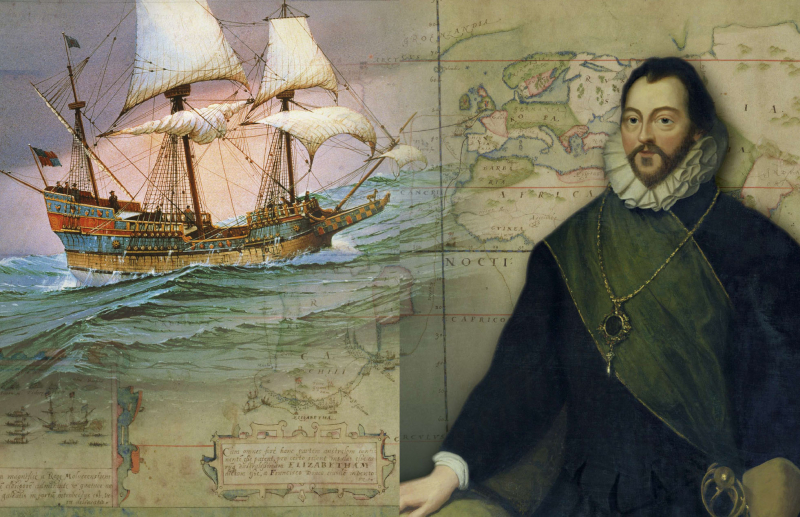
Photo: https://www.factinate.com/ 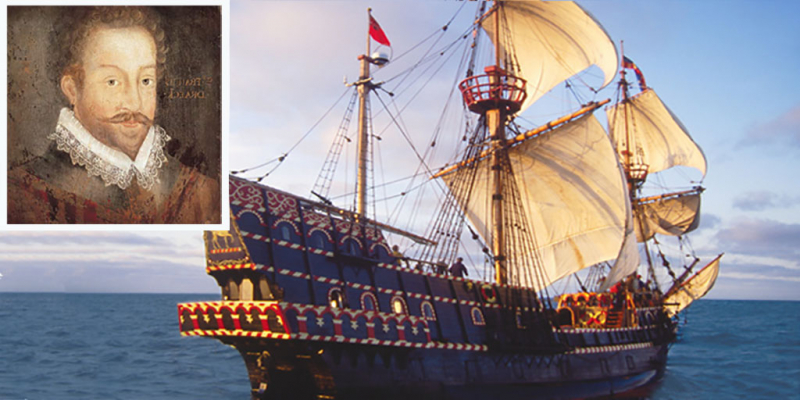
Photo: www.factinate.com -
Sir Walter Raleigh was one of the most famous explorers in the U.K, soldier, and writer. At age 17, he fought with the French Huguenots and later studied at Oxford. He became a favorite of Queen Elizabeth I after serving in her army in Ireland. He was knighted in 1585, and within two years became Captain of the Queen's Guard.
He was instrumental in the English colonization of North America, having been granted a royal charter that allowed him to organize the first English colonies in Virginia. Although these colonial experiments were a disaster, resulting in the so-called “Lost Colony” of Roanoke Island, they paved the way for future English settlements.
An early supporter of colonizing North America, Raleigh sought to establish a colony, but the queen forbids him to leave her service. Between 1585 and 1588, he invested in a number of expeditions across the Atlantic, attempting to establish a colony near Roanoke, on the coast of what is now North Carolina, and name it “Virginia” in honor of the virgin queen, Elizabeth. Accused of treason by King James I, Raleigh was imprisoned and eventually put to death.
Born: January 22, 1552
Died: October 29, 1618,Nationality: England
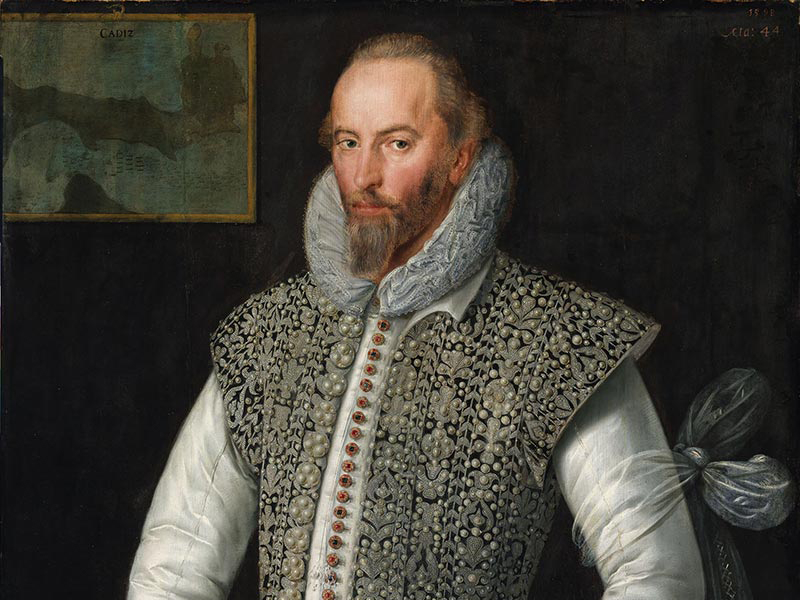
Photo: https://landmarkevents.org/ 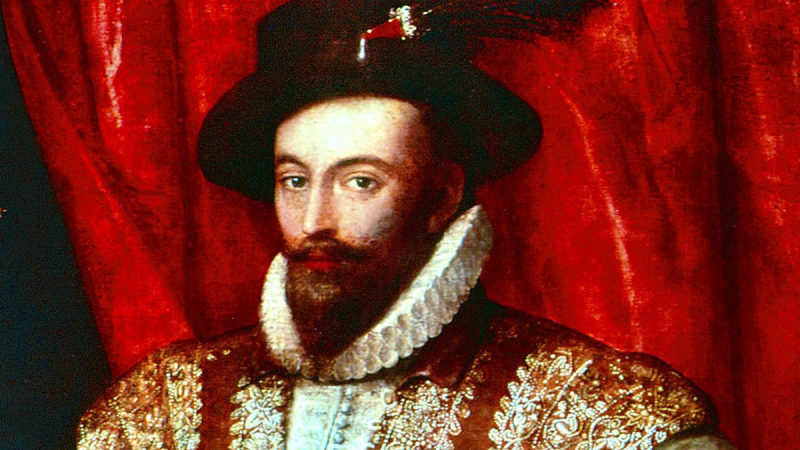
Photo: https://ichef.bbci.co.uk/ -
James Cook was a naval captain, navigator, and explorer, He embarked on groundbreaking expeditions that helped map the Pacific, New Zealand, and Australia. After serving as an apprentice, Cook eventually joined the British Navy and, at age 29, was promoted to ship's master. During the Seven Year's War (1756-1763), he commanded a captured ship for the Royal Navy. In 1768, he took command of the first scientific expedition to the Pacific.
In 1770, on his ship the HMB Endeavour, Cook charted New Zealand and the Great Barrier Reef of Australia and chartered several islands in the Pacific. Using a combination of seamanship, navigation, and cartographic skills, Cook radically expanded and changed European perceptions of world geography. This area has since been credited as one of the world's most dangerous areas to navigate. He later disproved the existence of Terra Australis, a fabled southern continent. Cook's voyages helped guide generations of explorers and provided the first accurate map of the Pacific.
Born: 1728
Died: February 14, 1779Nationality: England
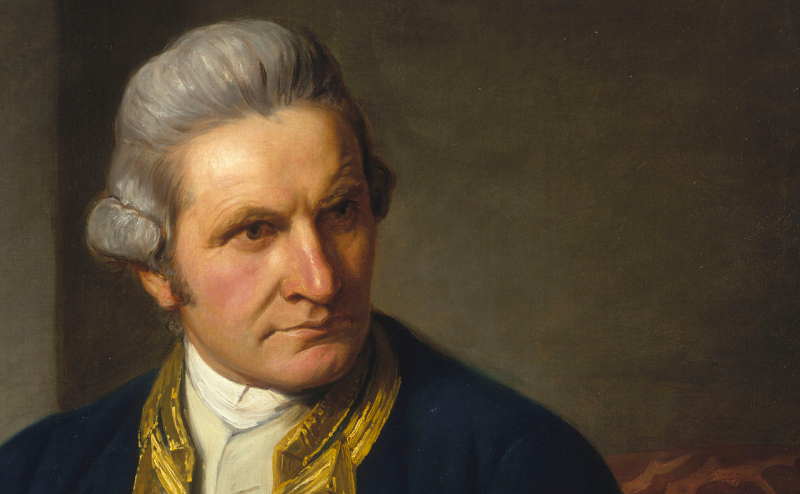
Photo: https://www.rmg.co.uk/ 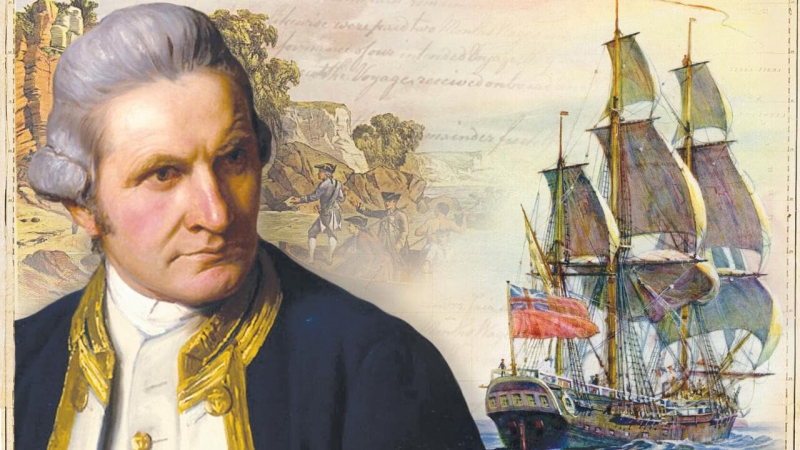
Photo: https://cdn.newsapi.com.au/ -
In 1513, Spanish explorer and conquistador Francisco Pizarro joined Vasco Núñez de Balboa in his march to the "South Sea," across the Isthmus of Panama. During their journey, Balboa and Pizarro discovered what is now known as the Pacific Ocean, although Balboa allegedly spied it first, and was therefore credited with the ocean's first European discovery.
In 1528, Pizarro went back to Spain and managed to procure a commission from Emperor Charles V. Pizarro was to conquer the southern territory and establish a new Spanish province there. In 1532, accompanied by his brothers, Pizarro overthrew the Inca leader Atahualpa and conquered Peru. Three years later, he founded the new capital city of Lima. Over time, tensions increasingly built up between the conquistadors who had originally conquered Peru and those who arrived later to stake some claim in the new Spanish province. This conflict eventually led to Pizarro's assassination in 1541. He is also one of the most famous explorers of all time.
Born: March 16, 1478
Died: June 26, 1541Nationality: Spain
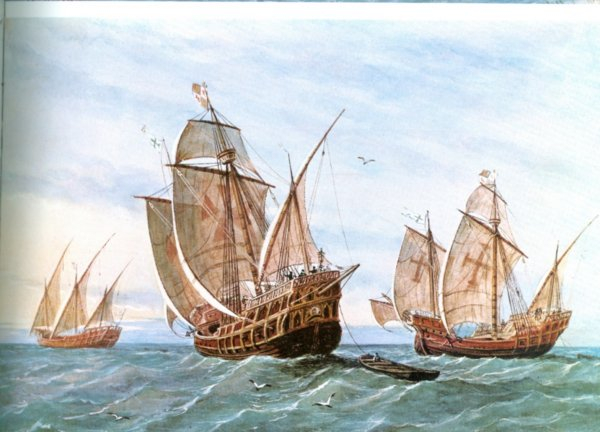
Photo: http://pizarrofransisco77.weebly.com/ 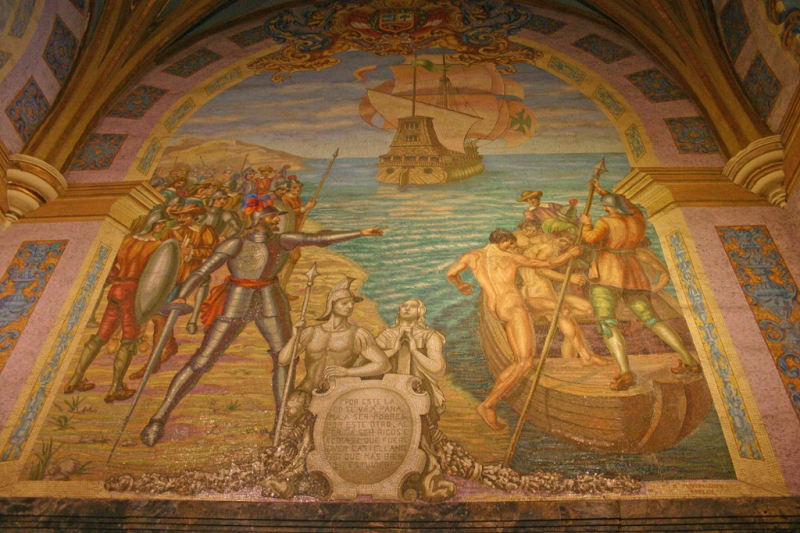
Photo: cdn.thinglink.me -
Christopher Columbus was an Italian explorer and navigator. Columbus first went to sea as a teenager, participating in several trading voyages in the Mediterranean and Aegean seas. One such voyage, to the island of Khios, in modern-day Greece, brought him the closest he would ever come to Asia.
Often called the “discoverer” of the New World, Christopher Columbus embarked on 4 voyages across the Atlantic Ocean between 1492 and 1504. Under the sponsorship of Ferdinand II and Isabella I of Spain, he had originally set sail hoping to find a westward route to the Far East.
Instead, the Italian navigator found himself on an island that later became known as the Bahamas. Believing he had reached the Indies, he dubbed the natives there “Indians”.Columbus’ voyages were the first European expeditions to the Caribbean, Central America, and South America, and opened the way for the European exploration and permanent colonization of the Americas.In 1492, he sailed across the Atlantic Ocean from Spain in the Santa Maria, with the Pinta and the Niña ships alongside, hoping to find a new route to India. Between 1492 and 1504, he made a total of four voyages to the Caribbean and South America and has been credited – and blamed – for opening up the Americas to European colonization. Columbus probably died of severe arthritis following infection on May 20, 1506, still believing he had discovered a shorter route to Asia.
Born: October 31, 1451
Died: May 20, 1506Nationality: Italy
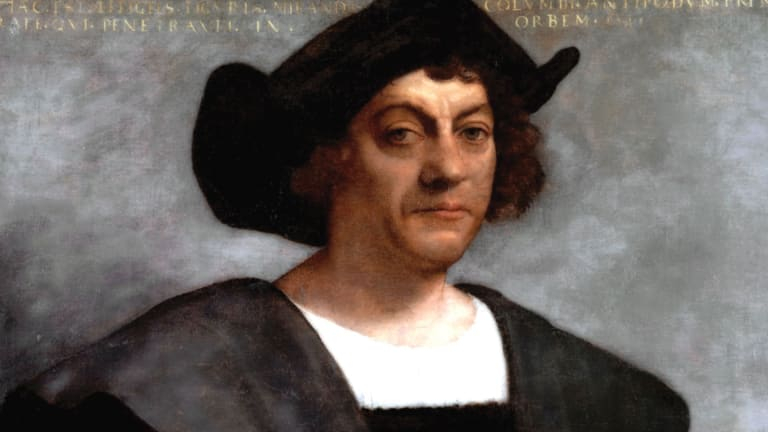
Photo: https://www.biography.com/ 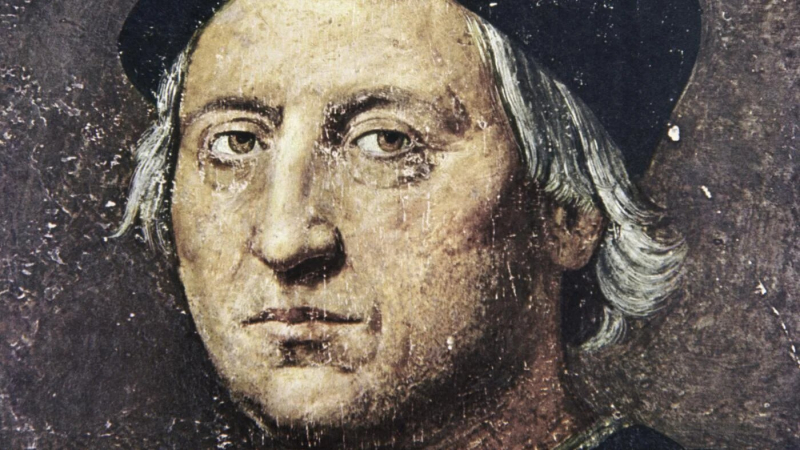
Photo: https://images.reference.com/ -
In honor of Vasco da Gama’s momentous expeditions in the 1500s, a crater on the Moon was befittingly named after him. Born in 1460 in the coastal town of Sines, Portugal, Vasco da Gama grew up always wanting to be an explorer just like his father, Estevao. The Portuguese explorer learned the trade and quickly went on to serve as a command for a number of ships owned by the Portuguese monarch.
With the overland journey from Europe to India is long and challenging, explorers of the time sought to find an alternate sea route to the Indian subcontinent. India was by then a very important trading partner famous for its spices that many European merchants found simply irresistible. With enough backing from the King of Portugal, explorer Vasco da Gama took it upon himself to solve the task of finding a way to India by sea.
da Gama relied on the findings of fellow explorer Bartolomeu Dias – i.e. the Cape of Good Hope at the southernmost part of South Africa. Da Gama, like many other explorers and navigators, reasoned that he could sail around Cape of Good Hope and then head northeast to India. Between the Cape and India, lay the vast uncharted Indian Ocean. Vasco da Gama was the explorer brave enough to put his life and the lives of his crew on the line to sail across the Indian Ocean to India.
On his first voyage in July 1497 to India, he commanded a crew of about 170 men aboard the fleet of four ships given to him by the king of Portugal. Along the journey, Vasco da Gama made some stops at some famous trading ports on the eastern coast of Africa, most notably Malindi and Mombasa. With some help from a Malindi-based navigator, Vasco da Gama and his crew made it to the shores of Calicut, India, around December 1497.
Vasco da Gama, the first European in recorded history to travel from Europe to India via the tip of the African continent, made it back home to a hero’s welcome. On his return home, he reported losing more than half of his crew to scurvy and other forms of sicknesses.
Born: 1460
Died: December 24, 1524Nationality: Portugal
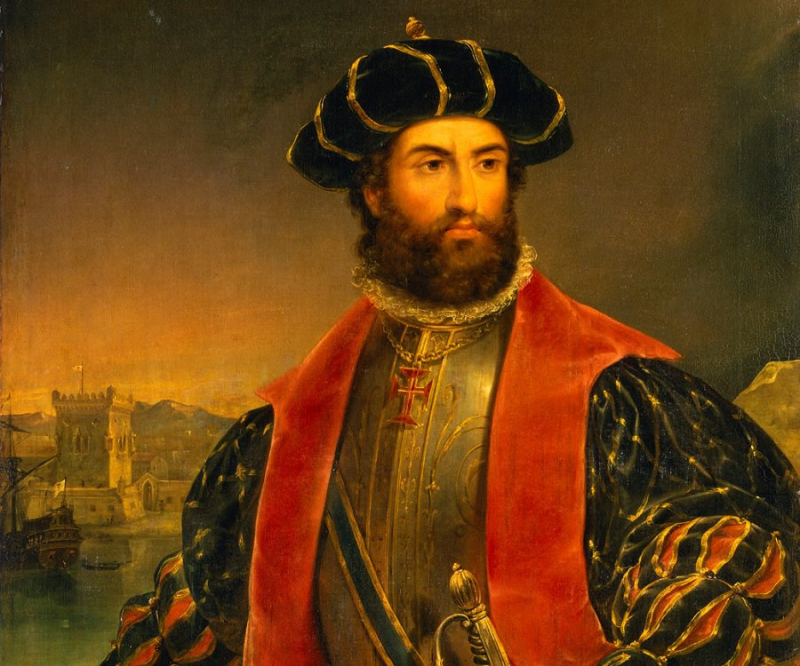
Photo: https://1.bp.blogspot.com/ 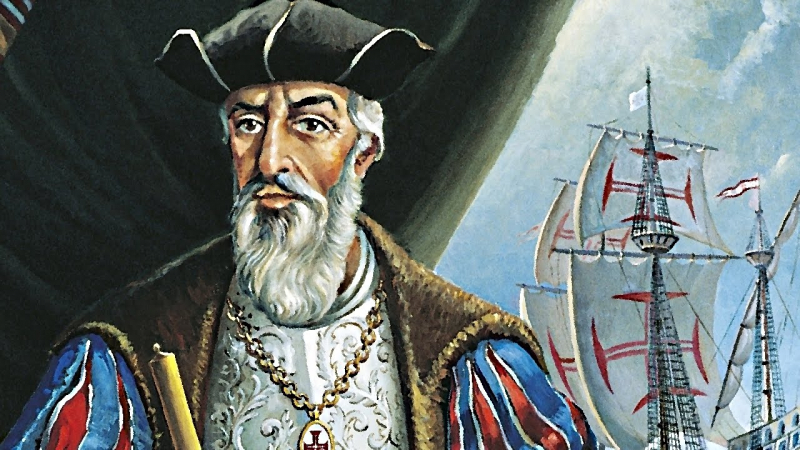
Photo: https://i.ytimg.com/














